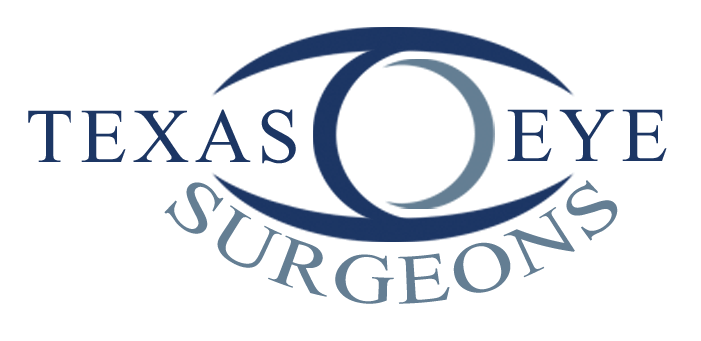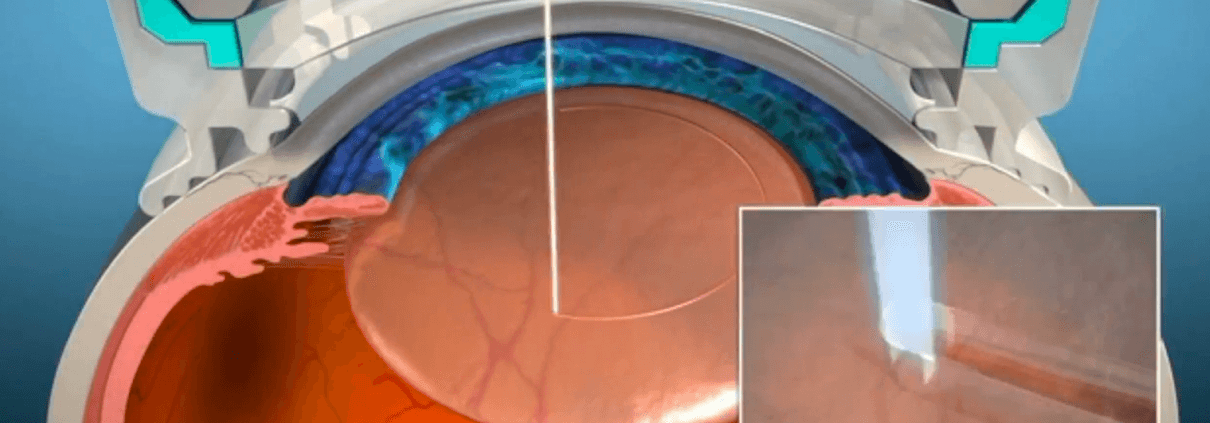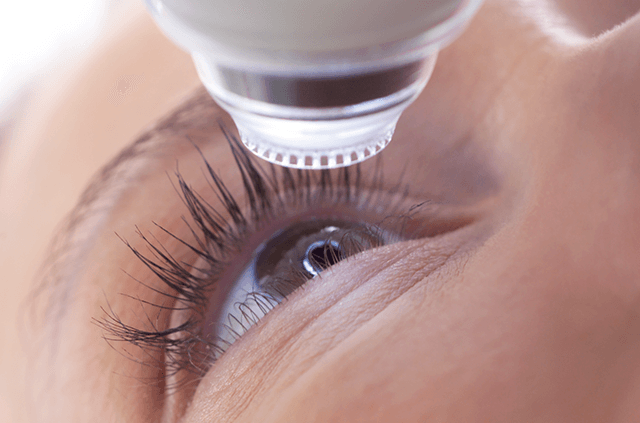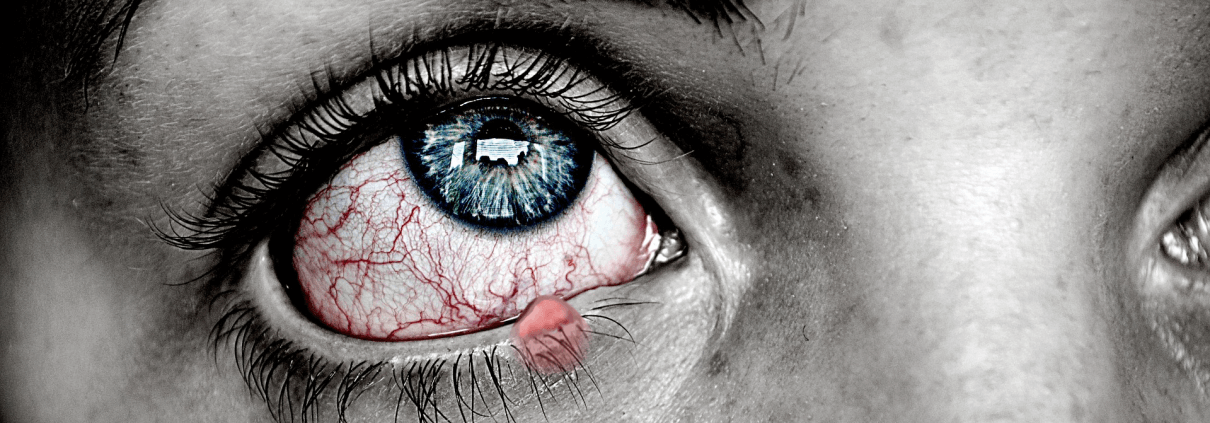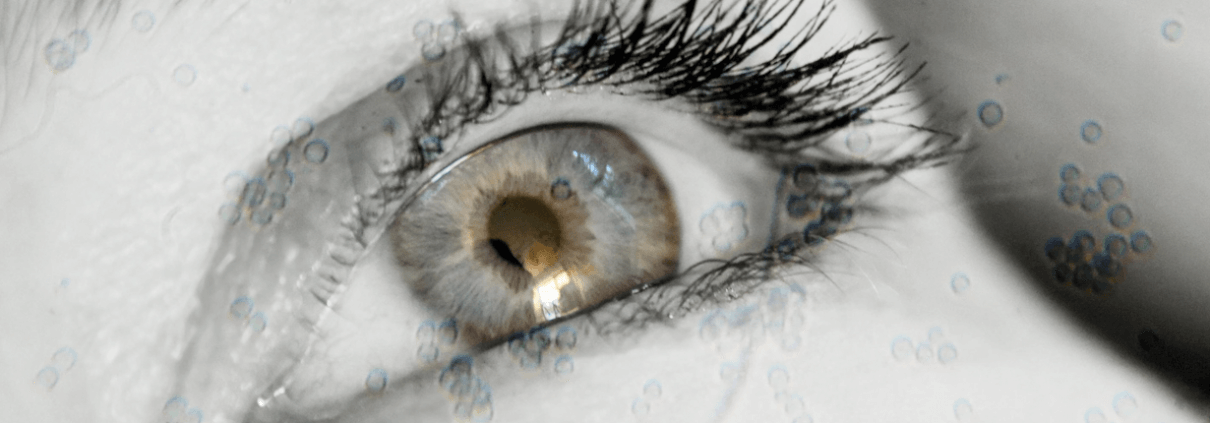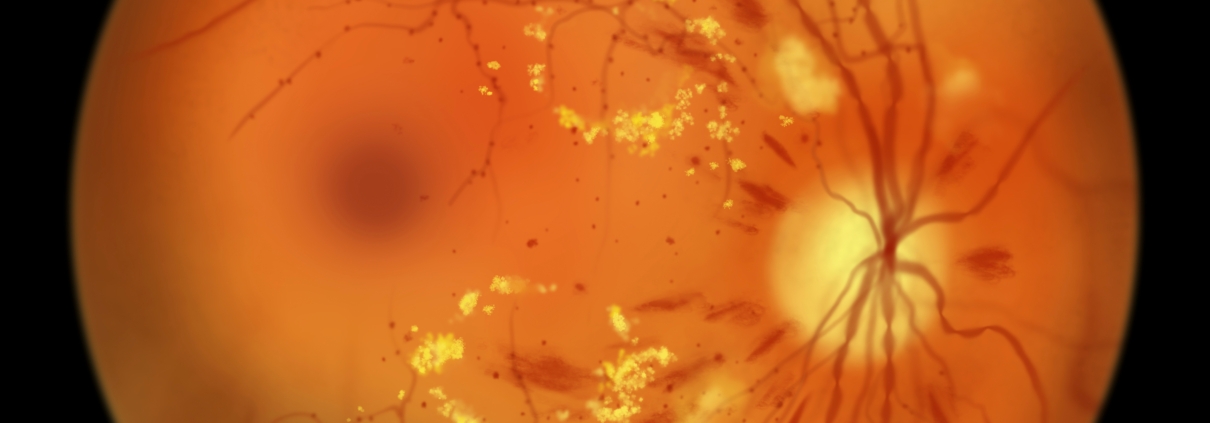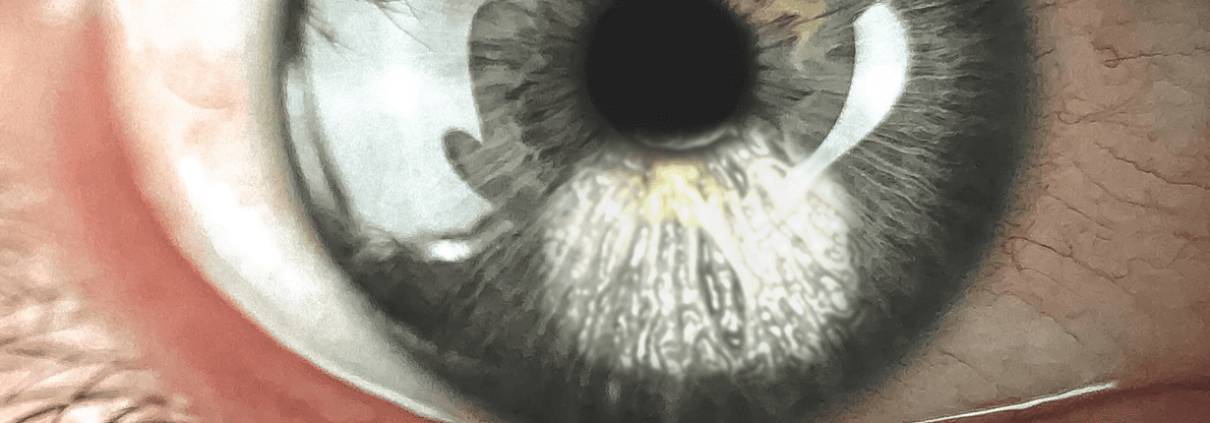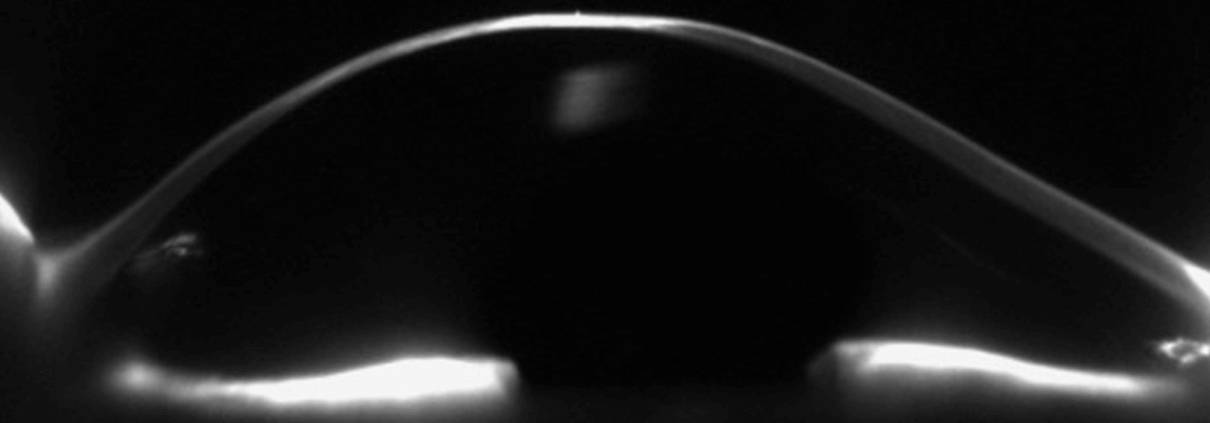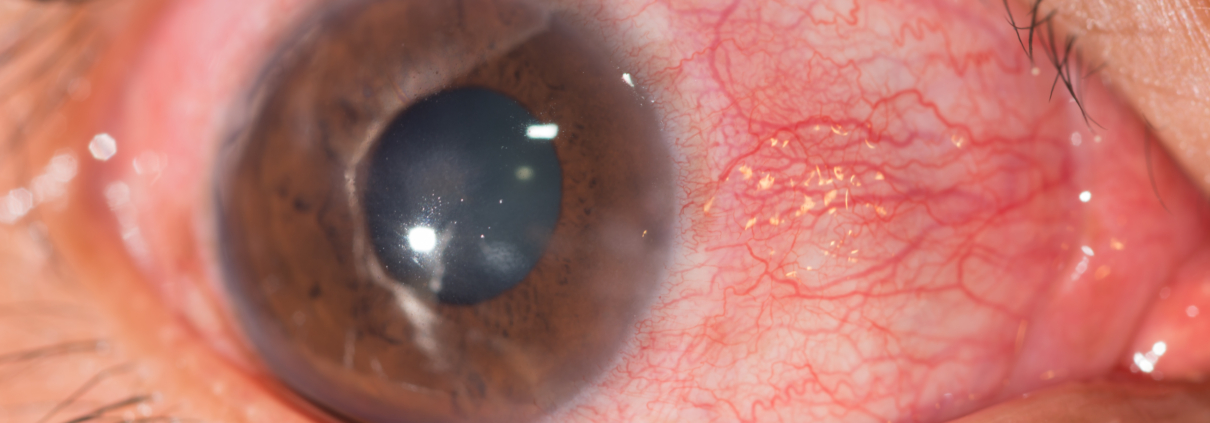6 Common Vision Problems and How to Fix Them
Sooner or later, just about all of us will need the services of an eye doctor.
And absolutely everyone needs a checkup at the ophthalmologist’s office every year.
In this article, we will tell you about six of the most common vision problems patients come to Texas Eye Surgeons for treatment, plus one more serious eye problem that we frequently treat.
Nearsightedness (Myopia)
Myopia, or nearsightedness, is a prevalent condition. Experts estimate that 41 percent of US residents are myopic.
Myopia is typically diagnosed during childhood or adolescence.
Children should have their eyes examined by an eye doctor at least once between the ages of three and five and then again at school age.
Children at higher risk for myopia, such as those with a family history of the condition or those who spend a lot of time reading or using computers, may need to be examined more frequently.
If you are an adult who has not had an eye exam in a while, it is a good idea to schedule an appointment with a doctor on our team. Myopia can develop at any age.
There are many ways to treat myopia.
Texas Eye Surgeons offers:
Eyeglasses: Eyeglasses are the most common treatment for myopia. Texas Eye Surgeons carries eyeglasses in a variety of frames and lens materials.
Contact lenses: These are small, thin lenses worn directly on the eye’s surface.
Your eye doctor can help you choose the contacts that will work best for you.
Refractive surgery: This kind of surgery changes the shape of the cornea, the clear “window” at the front of the eye.
There are several types of refractive surgery, including LASIK and PRK.
Multifocal contact lenses: These lenses have two or more prescriptions in one lens to help people see clearly at different distances.
They can be a good option for people with age-related problems with up-close vision who also are nearsighted.
Hyperopia (True Farsightedness)
Hyperopia is the opposite of myopia. Instead of problems seeing objects that are far away, you have problems seeing objects up close.
This isn’t quite the same problem as middle-aged “farsightedness” because the shape of the eyeball causes it.
It’s possible to correct hyperopia with glasses or contacts. But for many patients, a better long-term solution is LASIK or PRK.
Presbyopia (Over-40 Vision)
Just about everyone develops presbyopia, more commonly called farsightedness, although it’s really something different around the age of 40.
It is possible to suffer myopia and presbyopia at the same time!
Presbyopia results from a gradual loss of elasticity in the eye’s natural lens, making it harder for the eye to focus on nearby objects.
As we age, the lens becomes less flexible and cannot change shape as easily as it used to.
This makes it more difficult to focus on close objects, such as when reading or using a computer.
You can deal with presbyopia by keeping multiple pairs of reading glasses everywhere you go.
You may do well with progressive lenses in eyeglasses or contacts, or your eye doctor at Texas Eye Surgeons may recommend refractive surgery.
Astigmatism
Astigmatism is a condition of the eye in which light is not reflected evenly over the retina.
If you have astigmatism, you may notice objects appearing blurry or distorted, especially at night or in low-light conditions.
You may also experience eye strain, fatigue, or headaches when focusing on objects up close or at a distance.
Astigmatism can affect vision in different ways, depending on the severity of the condition and the individual’s visual needs.
Some people with mild astigmatism may not experience any symptoms, while others may have more severe vision problems.
In general, people with astigmatism may have trouble seeing fine details clearly and may have difficulty reading or performing other close-up tasks.
Your ophthalmologist at Texas Eye Surgeons can prescribe glasses or contacts that correct astigmatism.
New developments in LASIK, however, have made it treatable by surgery.
Cataracts
A cataract is a clouding of the lens in the eye that can cause vision loss.
The lens is a clear structure located behind the iris (the colored part of the eye) that helps to focus light onto the retina, the light-sensitive tissue at the back of the eye.
When the lens becomes cloudy or opaque, it is called a cataract.
Cataracts are a very common condition, especially in older people.
A study by the Willmer Institute found that 27 million Americans either have or have had cataracts.
Cataracts can develop in one or both eyes and usually grow slowly over time.
Cataracts can cause a variety of vision problems, including blurry vision, glare, and difficulty seeing at night. In severe cases, cataracts can cause vision to be so impaired that it interferes with daily activities.
Cataracts are usually treated with surgery to remove the cloudy lens and replace it with a clear artificial lens.
Cataract surgery is a common and safe procedure that is usually performed on an outpatient basis.
Most people who have cataract surgery experience significant improvement in their vision afterward.
Glaucoma
If you have ever had an eye exam, you have had your eye pressure tested with an instrument called a tonometer.
The technician puts some numbing drops in your eyes and then places something like a contact lens on your eye to take a pressure reading.
Elevated eye pressure is a warning sign of a condition called chronic glaucoma.
Glaucoma can rob you of your sight so slowly and insidiously that you do not know you are going blind until it’s too late to stop the damage.
There are medical and surgical treatments for the disease, but you have to get your annual eye exam for the doctor to give you the help you need in time!
We’d Love to Hear from You!
Texas Eye Surgeons provides excellent medical and surgical treatment in Plano, Texas, and the surrounding Dallas/Fort Worth metroplex.
